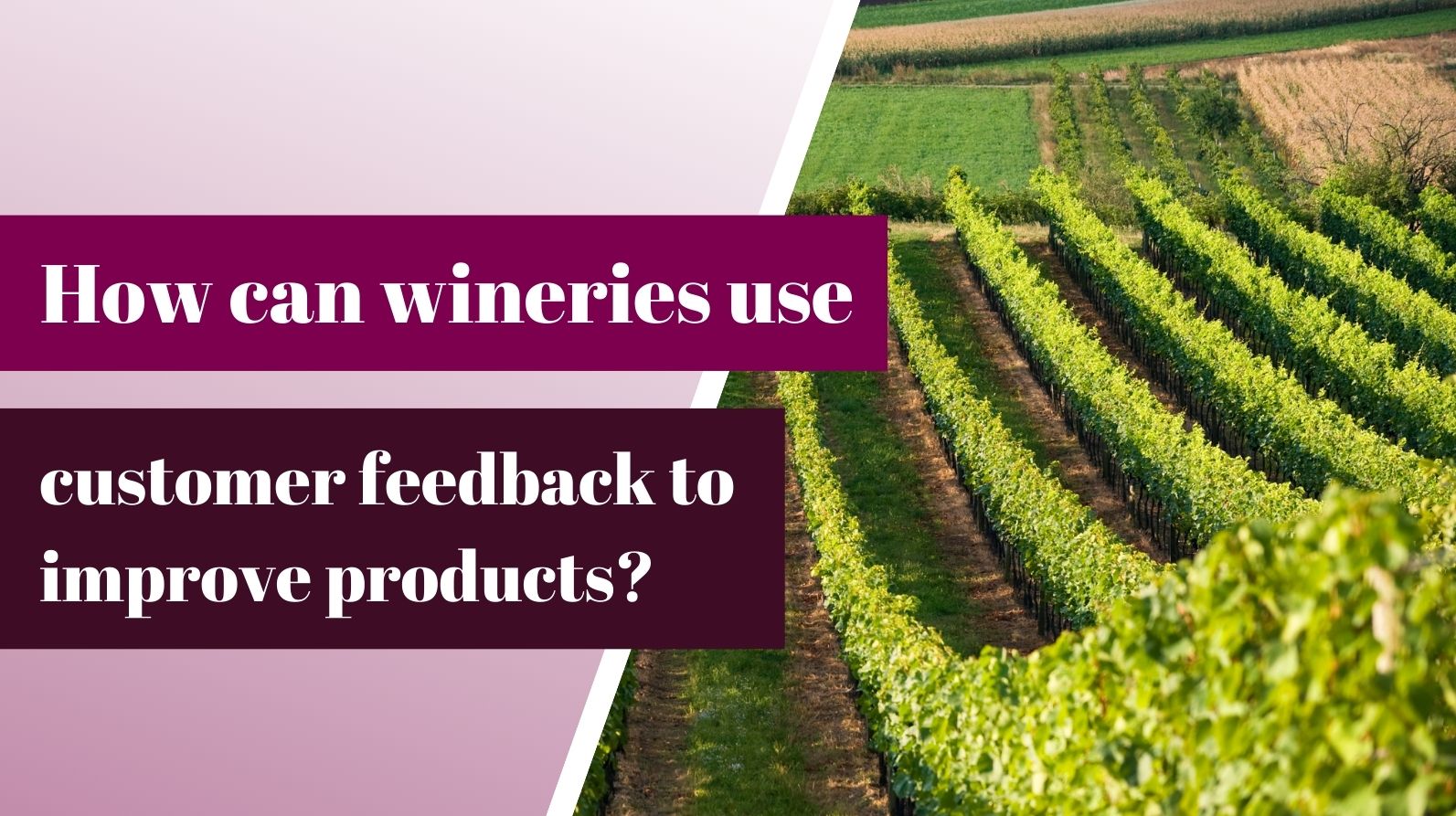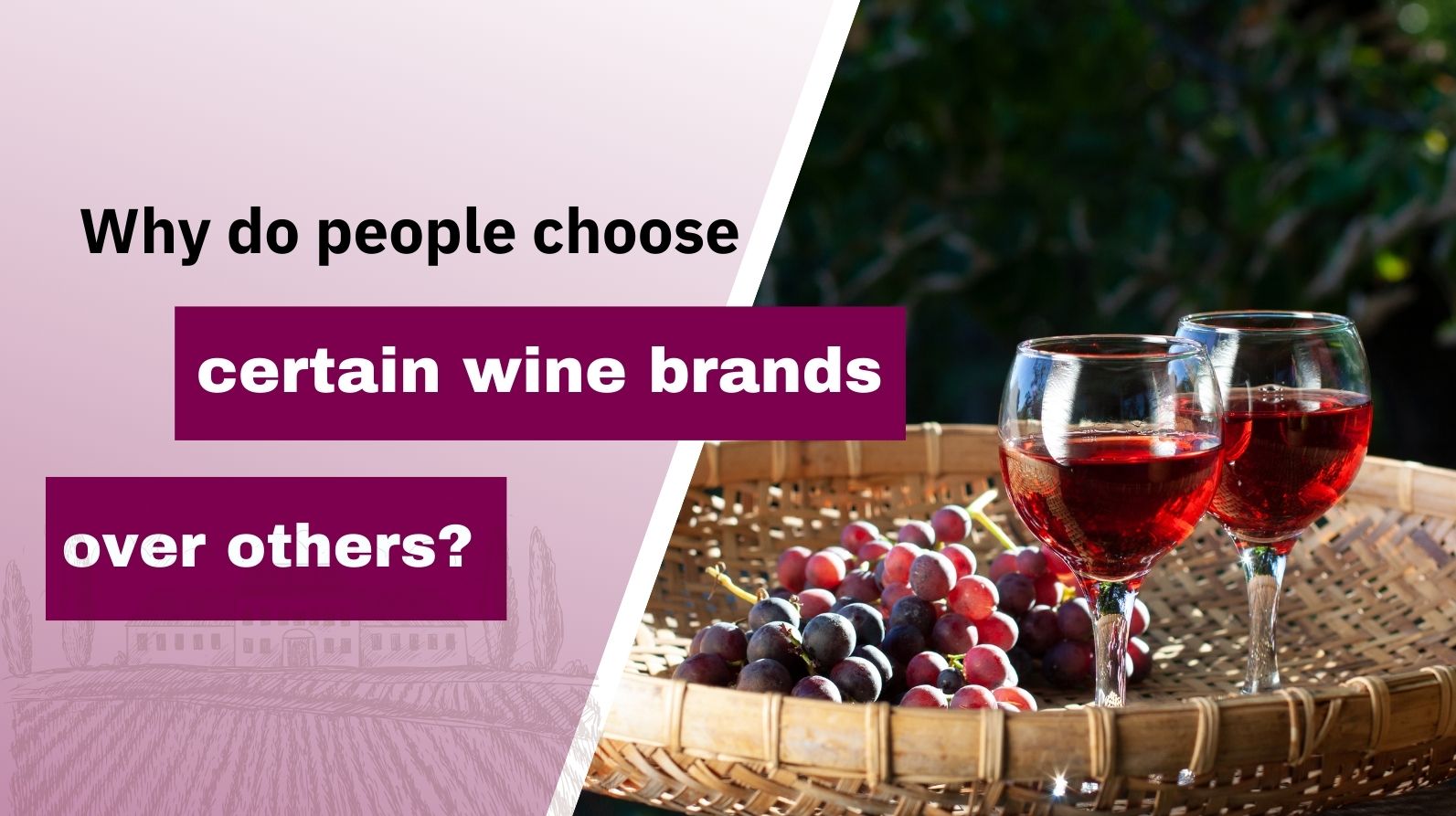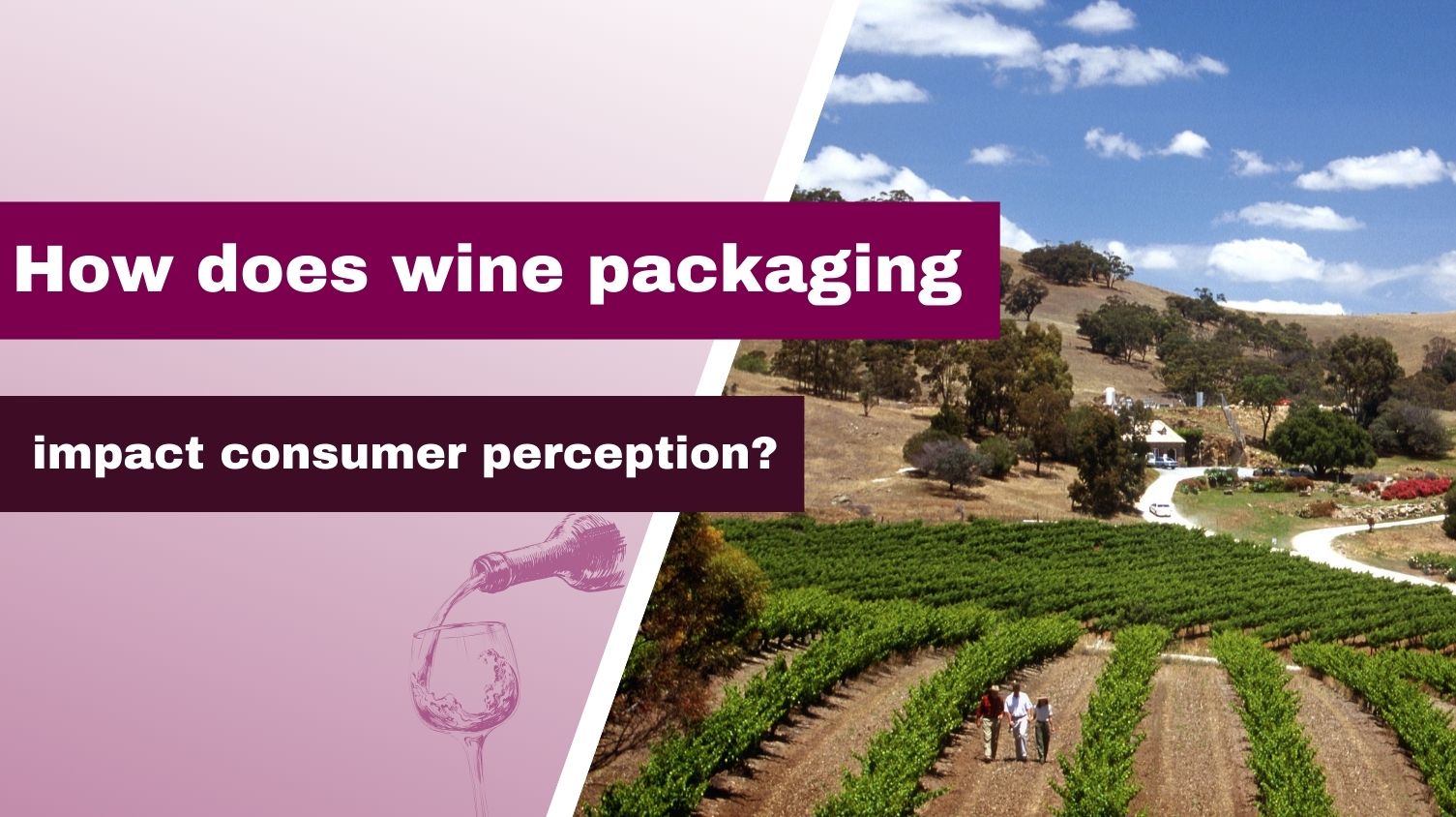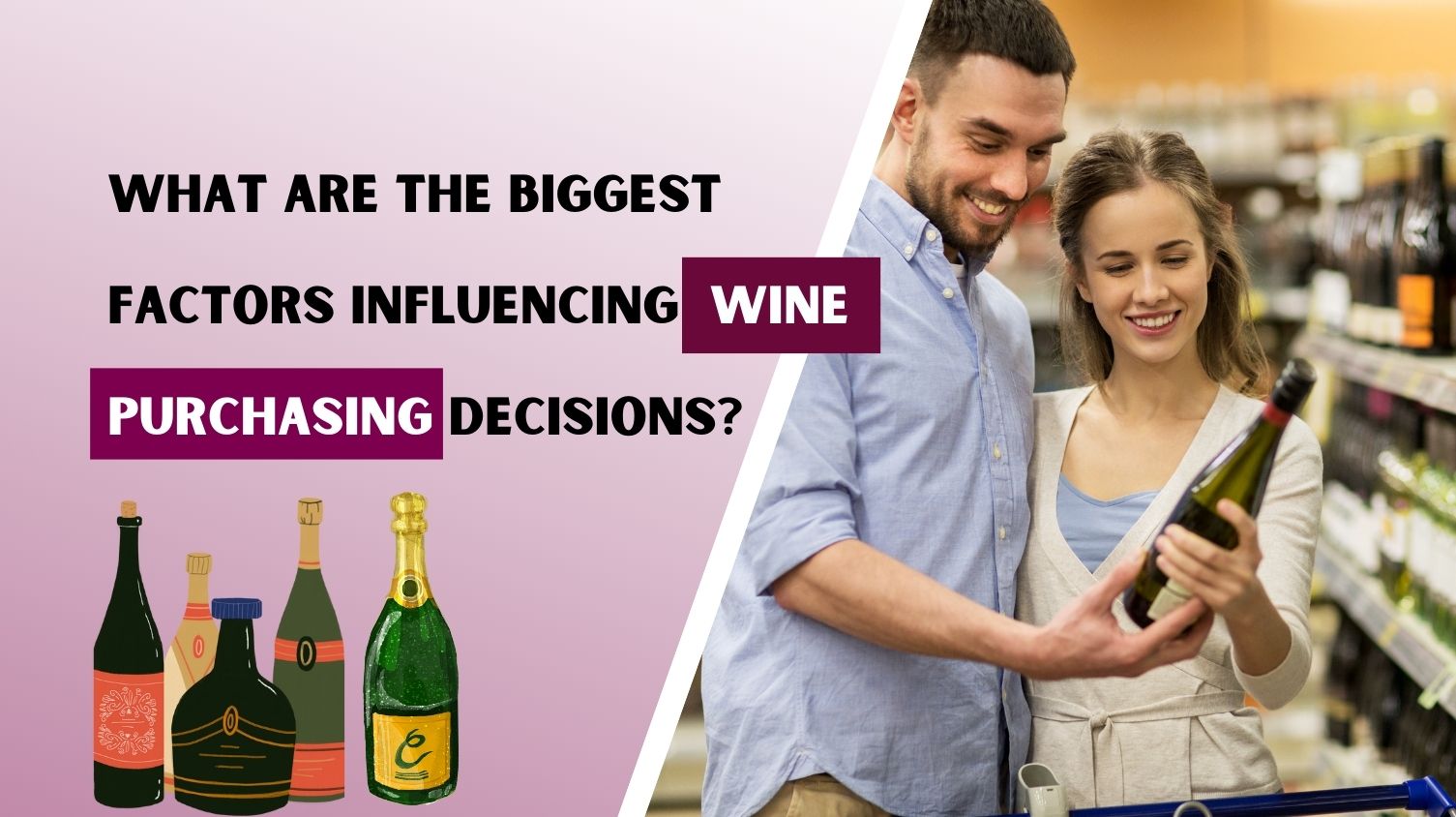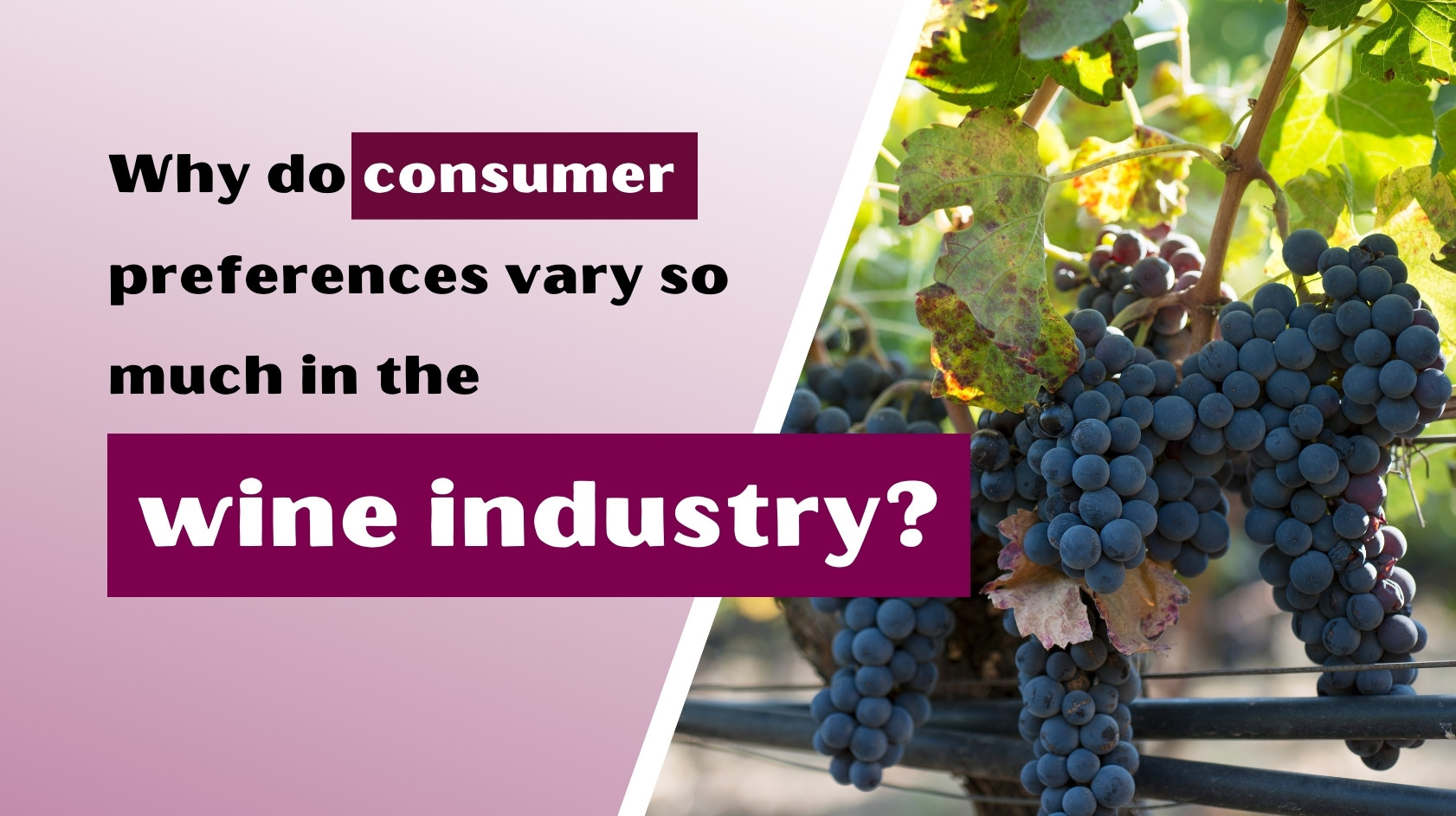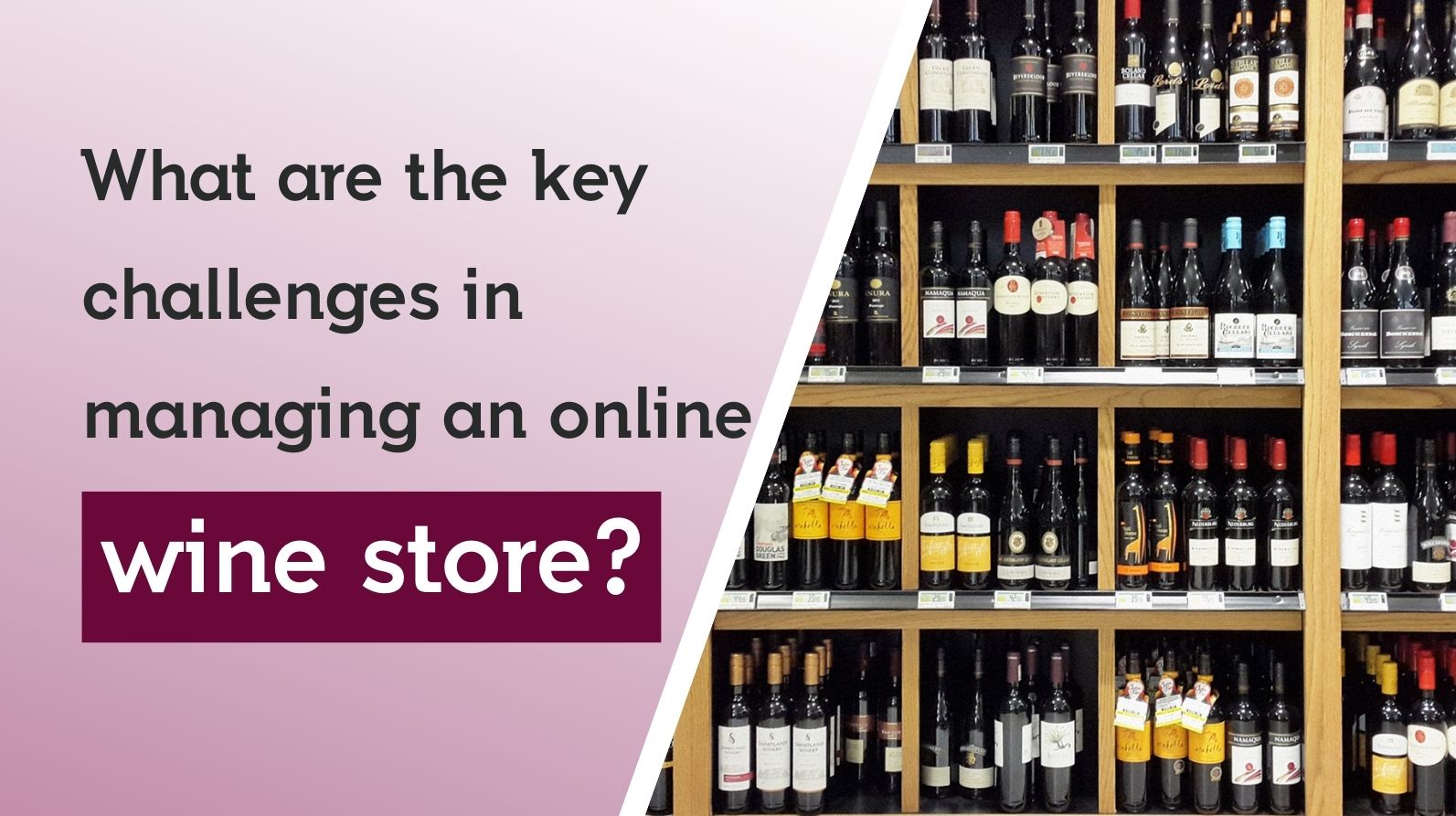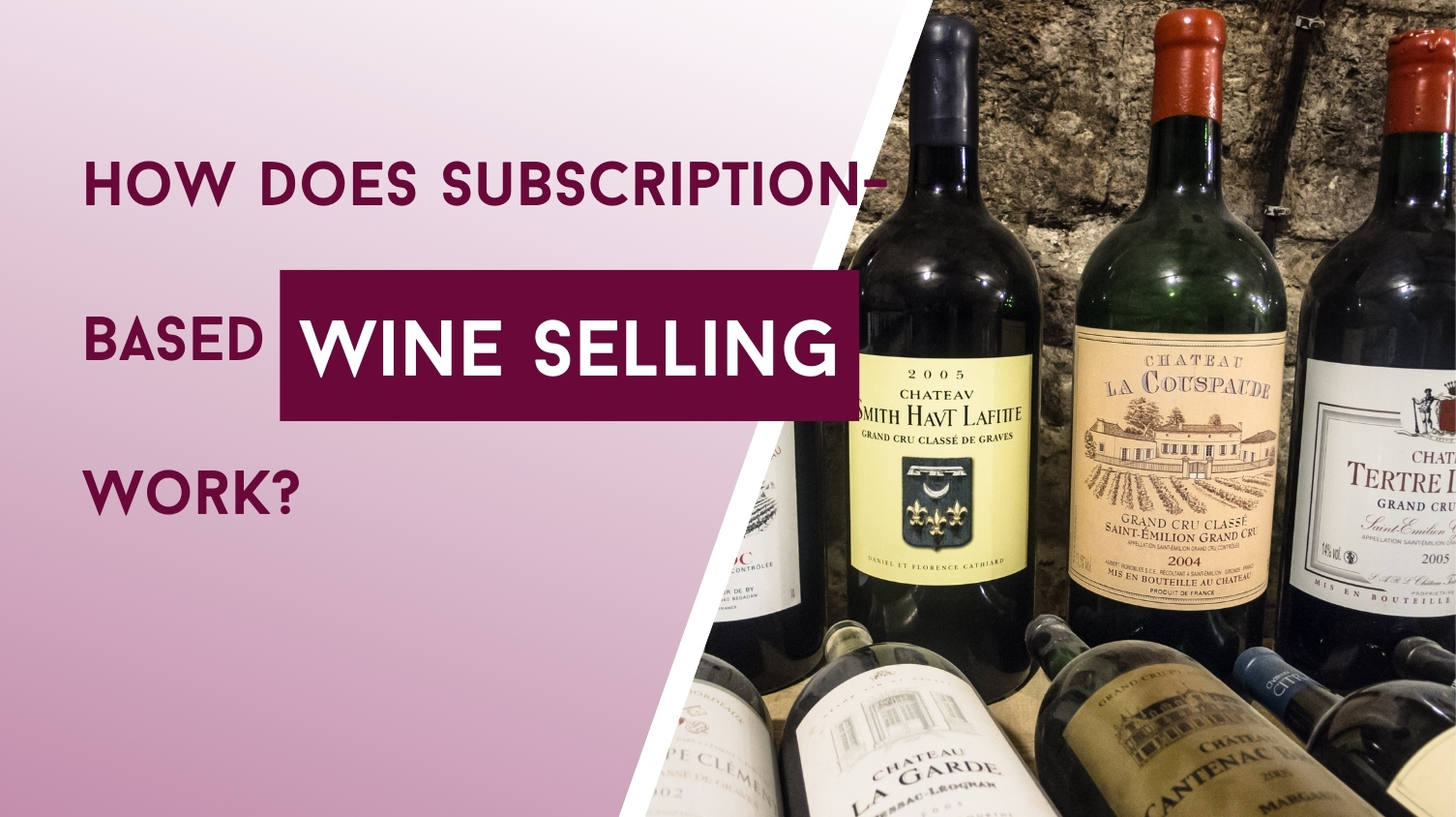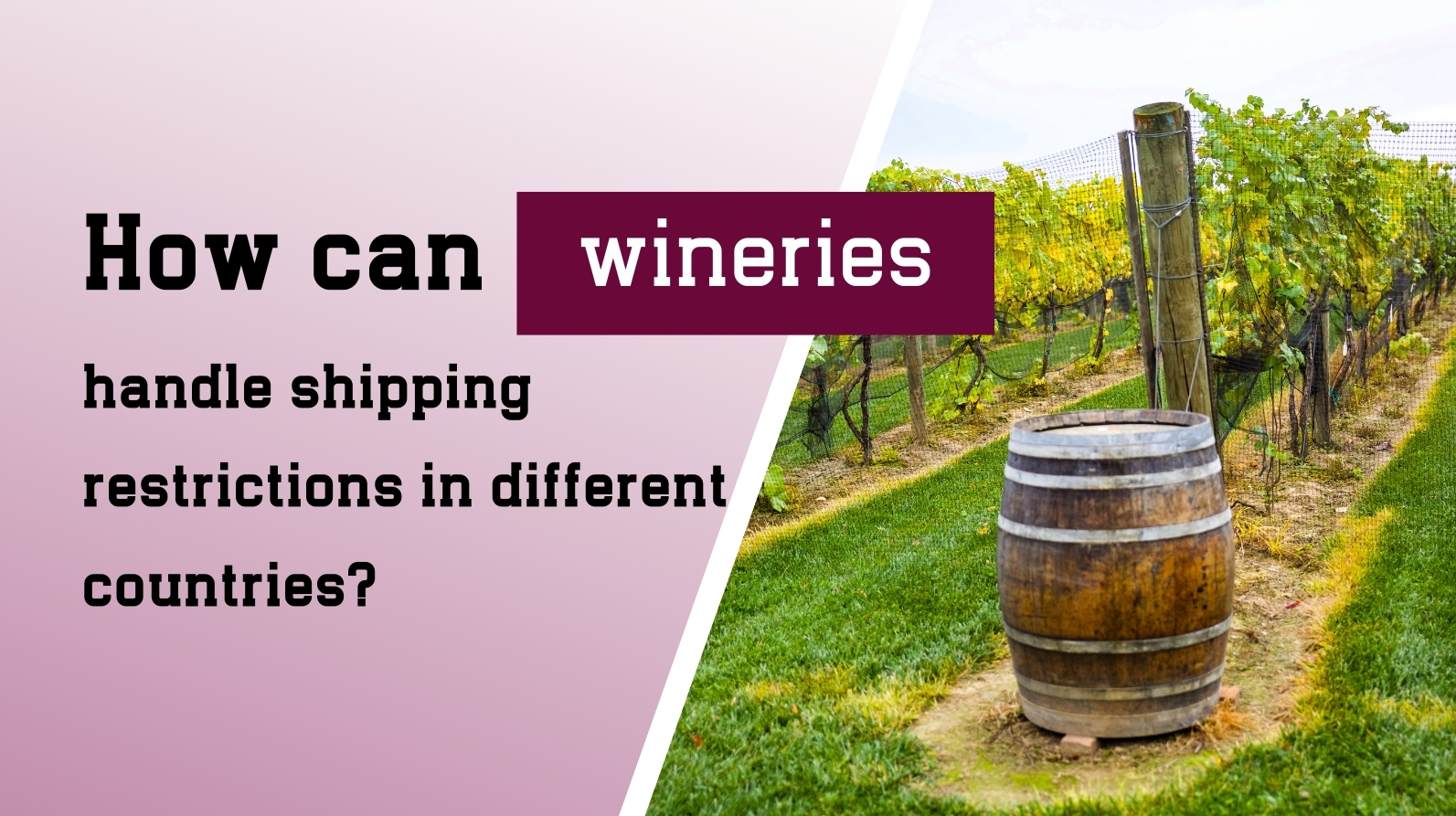10 Powerful Social Media Marketing Strategies for Wine Brands in 2025
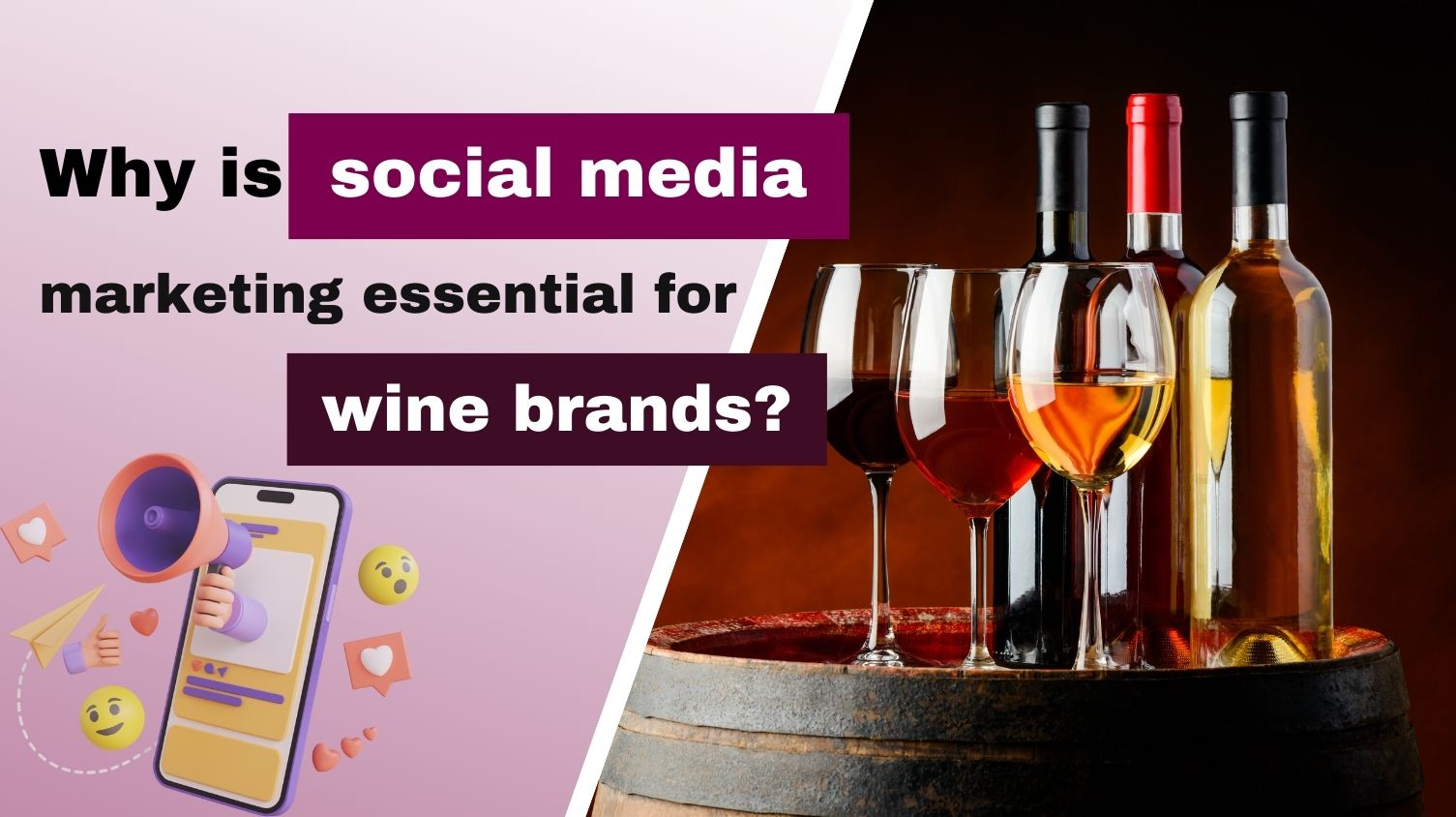
10 Powerful Social Media Marketing Strategies for Wine Brands in 2025
Social media has changed the way wine brands connect with customers. With millions of people using platforms like Instagram, Facebook, and TikTok, wineries have a big opportunity to promote their wines, share their stories, and grow their business.
In this guide, we’ll go over the best social media strategies to help wine brands build their online presence and boost sales.
Why Social Media Marketing is Important for Wine Brands
Social media is like a virtual storefront where wineries can show their products, interact with customers, and create a strong brand identity. Unlike traditional marketing, social media allows wineries to engage directly with wine lovers, receive real-time feedback on products, and run cost-effective promotions to reach more people. Whether you have a small boutique winery or a big wine brand, social media marketing can help you stay competitive and relevant.
1. Use High-Quality Photos and Videos to Increase Brand Awareness
Social media is a visual platform, and great images and videos help wine brands stand out. Post beautiful vineyard photos, use Instagram Reels and TikTok, and create a branded hashtag to encourage customers to share.
2. Engage with Customers to Build Loyalty
Social media allows wineries to talk directly to customers, creating a more personal connection. Reply to comments and messages, use Instagram polls and stories, and host live Q&A sessions to encourage interaction.
3. Run Cost-Effective Targeted Ads
Social media ads are affordable and can reach the right audience. Target wine lovers, use carousel ads to showcase multiple wines, and retarget website visitors to increase sales.
4. Share Your Winery’s Story
Customers connect better with brands that have a strong story. Share behind-the-scenes content, winemaker interviews, and throwback posts to create an authentic brand narrative.
5. Work with Wine Influencers to Expand Your Reach
Collaborating with wine influencers can increase your brand’s visibility. Send free wine samples, host virtual tastings, and offer affiliate commissions to leverage their audience.
6. Encourage Customers to Share Their Experiences (User-Generated Content)
Real customer experiences are trusted more than brand promotions. Run photo contests, repost customer photos, and encourage reviews to generate organic marketing.
7. Share Educational Wine Content
Educational content attracts and engages followers. Share wine and food pairing guides, tasting notes, and storage tips to inform your audience.
8. Monitor Consumer Insights and Feedback
Social media provides real-time feedback on customer preferences. Track engagement metrics, monitor brand mentions, and run polls to understand your audience better.
9. Convert Followers into Customers
Use social media as a sales tool. Utilize Instagram Shopping, offer exclusive discounts, and add swipe-up links in stories to drive sales.
10. Stay Competitive and Adapt to New Trends
The wine industry is always evolving, so wineries must stay updated with social media trends. Follow new features, test emerging platforms, and post regularly to engage your audience.
Final Thoughts
Social media is no longer optional for wine brands—it’s a must-have marketing tool. By using high-quality visuals, influencer collaborations, engaging content, and smart advertising, wineries can grow their brand, increase sales, and build a loyal customer base.

